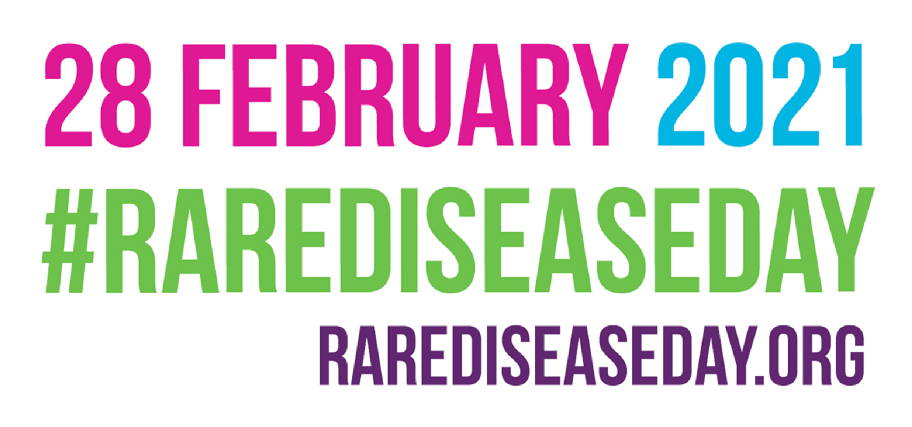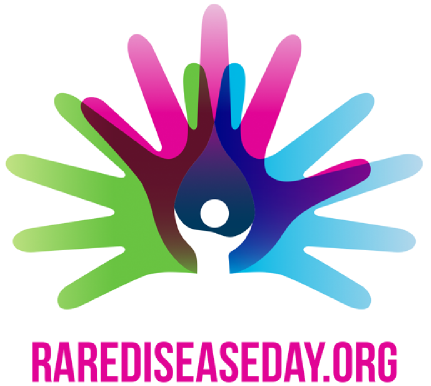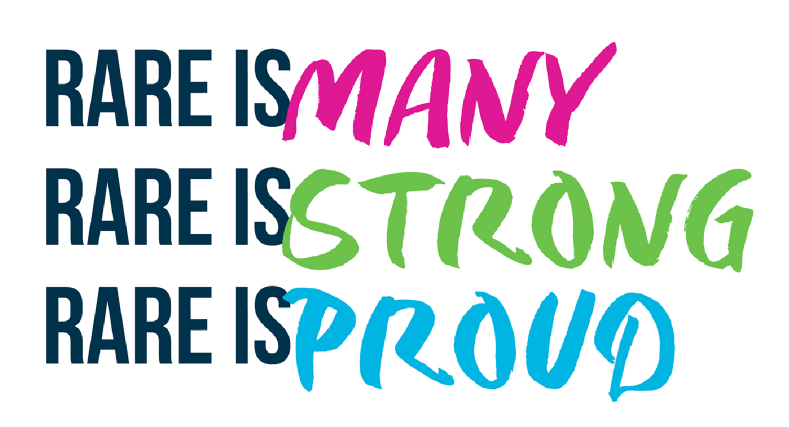Meet Howard
Living with loss, making adjustments: One man’s journey with FSHD

“I’ve had a lot of losses, and I’ve made a lot of adjustments.” Howard says this matter-of-factly. He has been living with the progressive muscle deterioration of FSHD for more than 45 years since he first began to find it hard to raise his arms above his head to take off a T-shirt in high school.
FSHD is a relentless disease. The rate of progression varies widely; it can come in bursts or as a slow, steady decline. But it is inevitable. Howard understood that when he was diagnosed in college and has lived it ever since.
His muscle weakness started in his arms, but he soon had increasing difficulty walking, gradually progressing to full-time use of a wheelchair. Over the decades, he has lost the strength to swim, stand, drive, transfer himself out of his wheelchair, open a letter, and remove his cherished vinyl records from their album covers to play them on his turntable.
These losses have constrained his life, but they have not defined it.
“I’m not embarrassed that I’ve lost the ability to do many things and have become dependent on others. I know it isn’t my fault. I know that I’ve tried as hard as possible to keep doing each of these things for as long as I can. My family, friends and acquaintances know it,” Howard says.
As far as he knows, Howard is the only member of his family to have FSHD; it appears to have originated with a spontaneous genetic mutation. It’s thought that 10% to 30% of FSHD cases come from spontaneous mutations. There is no disease-modifying therapy available for FSHD at this time. Despite exercise, meditation, Alexander technique and other practices, nothing has been able to halt the progression of his disease.
Howard is candid about the toll FSHD has taken on him. As walking became more and more difficult, he says, he was in denial about his weakening leg muscles, afraid to use a wheelchair even for short stretches because it felt like a concession that he might never walk again.
“Up to a point, some denial is healthy,” he says. “Denial can enable us to push ourselves, persevere, keep fighting, refuse to give up, and remain optimistic. We find strength we didn’t know we had.” But at some point, he says, his denial became counterproductive—even dangerous—as it exposed him to a very real risk of injury.
Howard is a disability rights and disability access advocate and has chaired a San Francisco city government access committee that advises the city on ensuring that government buildings, transportation, parks and infrastructure are accessible to all, as well as has served on several other city committees. He’s participated in access projects by San Francisco International Airport, Context Travel and Airbnb; advised hotels and restaurants on improving access; and has been involved in many advocacy campaigns. He’s also a docent at San Francisco’s beautiful Beaux-Arts City Hall.

On a spring day some 30 years ago, Michele suggested that Howard use a wheelchair, which had been loaned to him and remained unused in the basement for many months, for a visit to the San Francisco Museum of Modern Art. “Both of us immediately felt a sense of relief,” he said. He could focus on the art in a way he hadn’t for years; she could wander the galleries at her own pace without worrying that he might stumble. He still walked when he could, for as long as he could, but from that point on, he never hesitated to use a wheelchair when he needed it.
Now in his early 60s, Howard has grown accustomed to relying on a long list of medical devices, starting with his wheelchair and custom seat cushions. He has forged close friendships with some of his caregivers—that’s one of the unexpected silver linings of his disability, he says—and counts on them, Michele and an outstanding team of medical professionals to help him adapt to each stage of FSHD. His support network includes the FSHD Society, through which he has met not only fellow patients but also scientists working on investigational treatments that aim to preserve muscle and prevent disease progression.
“What’s difficult is the uncertainty about how rapidly my FSHD will progress, what I will lose in the future and how I will adjust. It’s difficult to plan for. A particular workaround can do the job for a while, but at some point, it no longer does.”
Asked what he would most like from a therapy, Howard says first and foremost, he would want to stop his muscles from weakening any further. If a therapy could regenerate lost muscle, he says, that would be a dream.
“If I could simply transfer from my wheelchair again without assistance, that would be phenomenal,” he says. “Being able to walk again would be like landing on Mars.”



